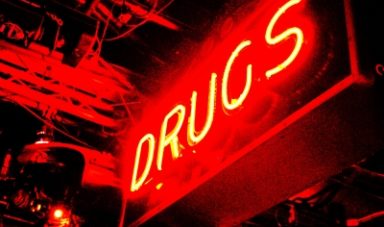 What is a keloid? A keloid is a patch of excessive scar tissue... Read More..
What is a keloid? A keloid is a patch of excessive scar tissue... Read More..  There are many diabetics who are scared of the idea of starting... Read More..
There are many diabetics who are scared of the idea of starting... Read More..  If you or a loved one suffers from a disability or illness, you know... Read More..
If you or a loved one suffers from a disability or illness, you know... Read More..  Do you all ways feel tired once you do a certain activity for a long... Read More..
Do you all ways feel tired once you do a certain activity for a long... Read More..  There may be more to good oral health than white teeth, fresh breath,... Read More..
There may be more to good oral health than white teeth, fresh breath,... Read More..  The word “exercise” may frighten you a little bit. You may not be... Read More..
The word “exercise” may frighten you a little bit. You may not be... Read More..  In the rat race of material assets possession, you lose real essence... Read More..
In the rat race of material assets possession, you lose real essence... Read More..  Whether you only smoke the occasional cigarette or have been a... Read More..
Whether you only smoke the occasional cigarette or have been a... Read More..  What is Medicare? Medicare is a government-run insurance program for... Read More..
What is Medicare? Medicare is a government-run insurance program for... Read More..  Gestational diabetes is a common problem among pregnant women. The... Read More..
Gestational diabetes is a common problem among pregnant women. The... Read More..  Drinking fresh fruit and vegetable-based juices offers a number of... Read More..
Drinking fresh fruit and vegetable-based juices offers a number of... Read More..  If you have a special occasion coming up, you may be concerned about... Read More..
If you have a special occasion coming up, you may be concerned about... Read More..  The ABCs of maintaining oral health- brushing, flossing, and rinsing... Read More..
The ABCs of maintaining oral health- brushing, flossing, and rinsing... Read More..  Intensive outpatient treatment is one of the most effective forms of... Read More..
Intensive outpatient treatment is one of the most effective forms of... Read More.. 








